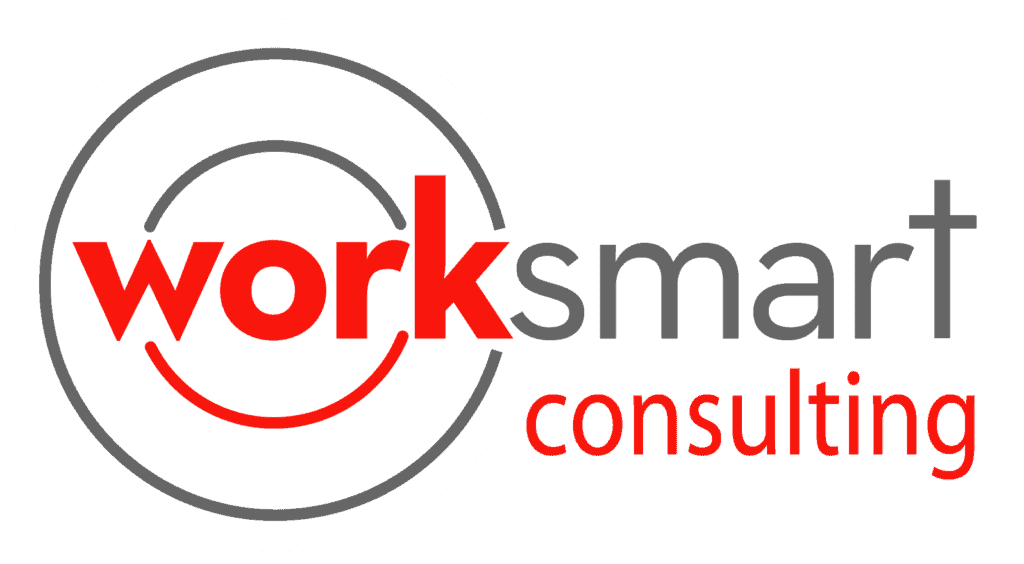CHALLENGE
Trickle down performance problem starting at the top, VP, Director, Manager, Front line staff.
Consistent low performance in the department as noted by the VP. Quality indicators were underperforming and the executive felt pressured to do something different. Directors were blaming “resistant team members” for “the problem.”
BACKGROUND
Leaders at all levels were not aware of their impact on their followers. The VP acknowledged that changes were not implemented, quality indicators continued to tank, and blaming seemed to be the only “thing” that was happening.
Managers complained about staff and denied any responsibility for the results. Staff was blamed for the low performance. One of the directors was friends with a manager and instead of holding her accountable to performance, she fell into “friendship mode,” and when together complained about her workload as Director! The VP, while very experienced, wasn’t clear on how to handle this trickle down problem. She felt as though everyone knew what they should be doing and used a wait and see approach. This added to the problem.
SOLUTION
1.) Emotional intelligence assessments.
2.) 1:1 Coaching with the VP.
3.) Innovation lab with directors and managers and another Lab with the front line staff.
4.) Introduction to A3 tool, used to define the problem and arrange solution.
What is A3 Thinking?
Watch the 12:57 minute video as Dr. Howard explains A3 thinking. This is one of the videos in the Work Smart Club Network. The network is our exclusive leadership development training center, designed to unlock potential and position leaders for their best career.
back to the Case Study…
RESULTS
Using the above measures the leadership team and the staff came together focused on a common goal to improve communication and reliability.
The A3 was a tool leaders liked because it laid out a process everyone could follow. Armed with something to do that was meaningful to them, managers shifted from a powerless position of not feeling they could change the outcome to be fully engaged and ready to take it on. And they stopped blaming staff.
I was so impressed when I saw the staff participate and share their concerns. They were so engaged; they also identified a solution they could own.
Department Manager
With the A3, role clarity was established and the VP recognized she had not done the best job in laying out who did what and when. She committed to using the tools like the A3 and Team Charters to bring greater clarity to people and projects in the future.
As part of brainstorming in the Innovation Lab, the group discussed the impact of micromanaging, overthinking and not making decisions, giving everyone a window into the culture that was stalling their forward progress.
Engagement
Engagement requires curiosity, energy and an environment that accepts risks, mistakes and failures as part of the process.
In this culture the work environment was based on low conflict and low engagement. The political politeness of the culture thwarted any open discussion about improvement or any accountability from staff or the leadership team.
With the addition of tools and standardized processes, blaming was replaced with problem solving.
This was a great experience and even though it was bumpy because of the tension and conflict, in the end, the entire team recognized they could get through it with this process.
Schedule a complimentary consultation
Leadership Development: Problem Solving & Continuous Improvement
Meet with Dr. Cynthia Howard to better understand your options for coaching and training your leaders – equipping them with skills, and the confidence, to solve more problems and consistently achieve their targets.







Responses